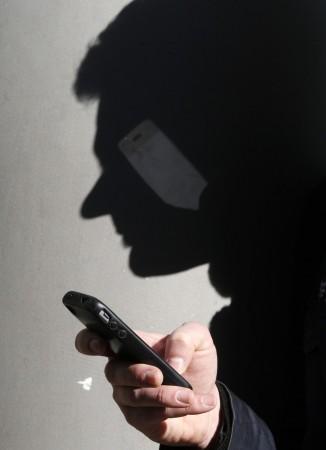
A team of scientists has been successful in significantly improving the accuracy of the global positioning system (GPS) in smartphones.
By combining signals from four different Global Navigation Satellite Systems (GNSSs), researchers from the University of Otago, New Zealand in collaboration with Curtin University, Australia demonstrated that it is possible to achieve centimetre (cm)-level precise positioning on a smartphone.
"It's all down to the mathematics we applied to make the most of the relatively low-cost technology smartphones use to receive GNSS signals. We believe this new capability will revolutionize applications that require cm-level positioning," said Dr. Robert Odolinski from the University of Otago.
The new approach uses only one of two frequencies but collects data from more satellites, for what is called a "multi-constellation" GNSS solution.
The extra data -- and clever maths -- is used to improve the positions without adding cost.
Dr. Odolinski, along with Curtin University professor Peter Teunissenand, has shown this approach can work in smartphones too, producing competitive results compared to dual-frequency GPS solutions.
"This significant reduction in costs when using smartphones can increase the number of receivers that can be deployed, which will revolutionize a range of disciplines requiring centimeter-level positioning, including precise car navigation, surveying, and geophysics (deformation monitoring)," he noted in a paper that appeared in the Journal of Geodesy.
















